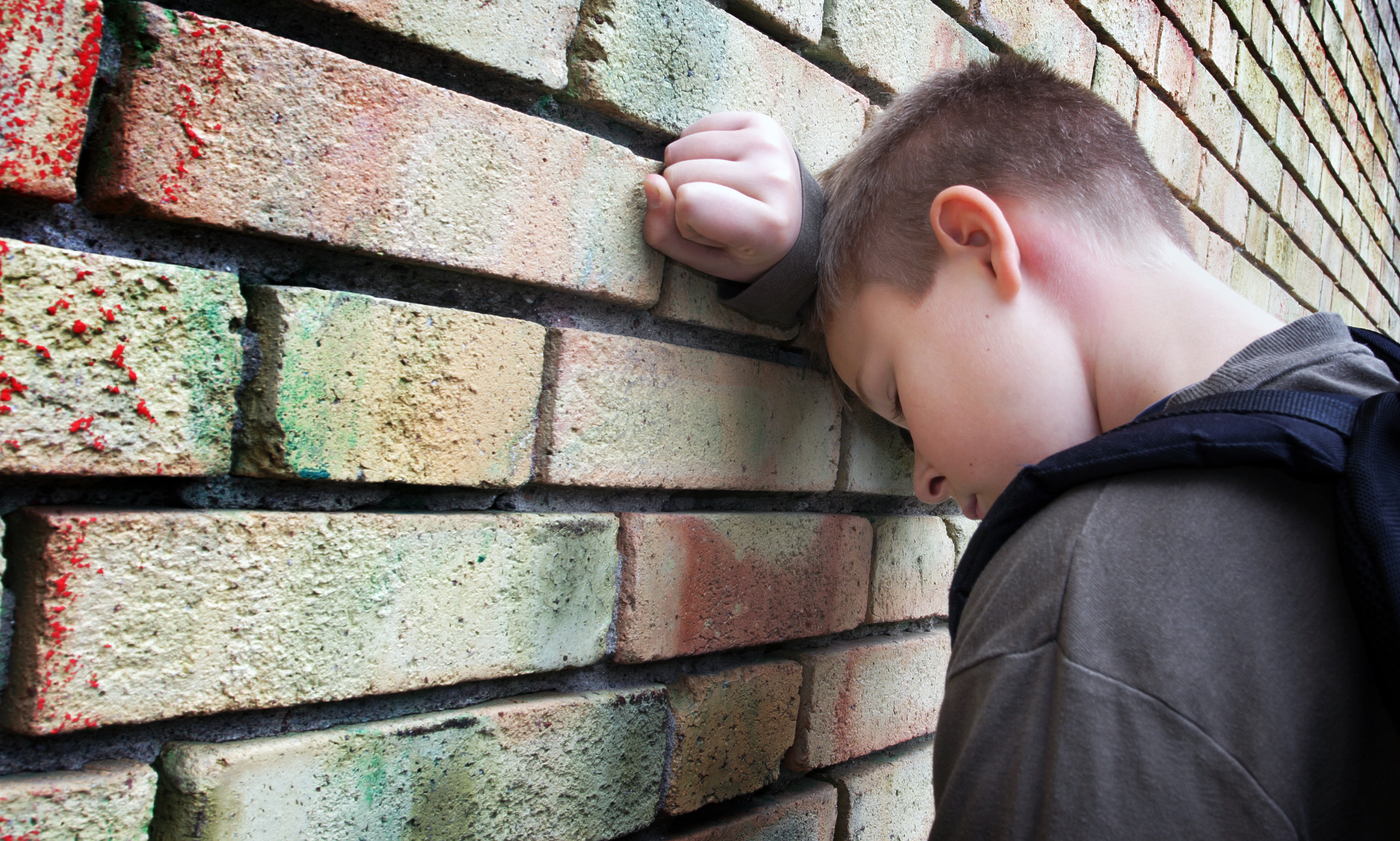A 2018 evidence review from Public Health England reported that one in 10 young people have some form of diagnosable mental health condition. This, the report suggests, equates to as many as 850,000 children and young people with a diagnosable mental health disorder in the UK. It also reported that half of all mental health problems emerge before the age of 14, and children with persistent mental health problems face unequal chances in life.
Research has also highlighted the impact of “key factors” like poverty and adverse childhood experiences (ACEs), including emotional trauma, abuse or neglect (which people living in higher areas of deprivation are more likely to experience) on an individual’s chance of developing a mental illness. However, an additional factor often cited in surveys around child mental health and wellbeing is the impact of school, including exam stress, and bullying. Mental ill health has also been found to have an impact on attainment, behaviour and a child’s ability to learn. As a result, teachers are often part of the front line of supporting adults for children who are suffering from mental ill health, with increasing pressure being placed on teachers and schools to identify and signpost children to other services.
Schools, as well as teachers, are increasingly becoming a focus for the delivery of Child and Adolescent Mental Health Services (CAMHS) in their community. Often schools are at the centre of their local community, so it is logistically convenient to coordinate services there; it can for some be a less intimidating or stigmatising environment than attending a clinic at a GP surgery, for example. School is the primary developmental space that children encounter after their family, and children’s learning and development and their mental health are often interrelated, so it makes sense for teachers to take an interest in terms of attainment and progress in learning. In December 2017, the Department of Health and Department for Education (DfE) published the Green Paper Transforming children and young people’s mental health provision which highlighted the role of schools as key in promoting a positive message about mental health and wellbeing among school age children and young people.
Good work is already being done, but how can we do more?
Research has shown that there is already a lot of good and effective practice being done in schools around children’s mental health. Many schools already work in partnership with local health teams to provide in house CAMHS support in the form of mental health nurses and social workers who are posted on site for children to access. One of the major recommendations in a 2018 Audit Scotland report on child mental health in Scotland was to encourage more of this type of partnership working. The report stressed the importance of joint working between public services if child mental health is to be improved, and where possible to include as wide a spectrum of public services in the delivery of CAMHS support, including criminal justice and housing practitioners, as well as health and social care and education staff.
In some schools senior pupils and designated members of staff are being offered mental health first aid training, and wear lanyards to help students identify them should they ever need to talk to someone. While it is important – particularly for students who participate in mental health first aid programmes – to be made aware of the challenges the role may entail, it can be a rewarding experience for young people to participate in and can also be a vital in-road to support for some students who would otherwise feel uncomfortable talking to a member of staff.
Other programmes like those developed by the Anna Freud National Centre for Children and Families, Centre for Mental Health and the ICE PACK and Kitbag tools (which have been used widely in UK schools) look at resilience building and promoting coping mechanisms among young people, as well as encouraging the creation of trusting relationships which focus on nurturing and normalising mental illness to encourage children and young people to feel comfortable discussing their feelings and thoughts. These programmes also integrate early intervention and prevention approaches, hoping to identify children and young people who are suffering from mental illness as early as possible and signpost them to appropriate support.
The specific role of teachers
Teachers need to remember that they are not health or social care professionals and that – as much as they would like to completely solve all of the problems of their students – they can only do what they can, and that is enough.
It is also very important for teachers to practise what they preach in as much as teacher self-care is as important as signposting children and young people who are struggling with mental health issues. A 2016 survey by the National Union of Teachers (NUT) found almost half of teachers had sought help from their doctor for stress-related condition. Teacher stress and burnout and those leaving the profession due to conditions like stress do not help to create an environment that is supportive of good mental health in the classroom. Teacher wellbeing is so important and building their own resilience is one way that teachers can start to embed good mental health in their practice. If you are doing it yourself it will be easier to help and show children how to do it if they come to you for advice!
Teachers simply being there and offering a safe space and first point of contact for many children is important. Listening and signposting can be so valuable for those pupils taking the first step and teachers should not be put off by any personal perception of a lack of expertise in mental health – a small amount of knowledge or understanding of what to do next is more than enough. In some respects, teachers should feel almost privileged that a student has chosen to come to them, someone they feel they can trust and talk to.
A poll conducted as part of a webinar held for educational practitioners found that rather than requiring more information about mental illness, what teachers actually wanted was more practical examples of how to apply support in the classroom and how to embed mental health into their teaching and the learning of their students.
A unique opportunity
Schools and teachers are on the front line of public services and have a unique opportunity through regular contact with children to help to build and promote resilience among pupils, and embedding this within the whole school can be an effective way of ensuring pupils feel the benefit without being singled out. Taking nurturing approaches to learning and teaching, and promoting the creation of trusting relationships is key to some of the already effective practice going on in schools. Sharing the learning and best practice that is already happening will be vital to ensuring that support for children suffering from mental ill health improves and adapts to changing needs in the future.
If you liked this article, you may also be interested in reading:
Writing and recovery: creative writing as a response to mental ill health
Addressing social mobility through education – is it enough?
The Changing Room Initiative: tackling the stigma of poor mental health in men through sport
Follow us on Twitter to find out which topics are interesting our research team
Share
Related Posts
A recent item on BBC Radio 4’s Today programme generated an unusually high number of responses from listeners. A man who had lost his job in the financial services sector at the age of 57 described his difficulty in trying ....
By Donna Gardiner While free school meals (FSM) have been available in England on a means-tested basis since 1944, recent years have seen a renewed focus upon the potential benefits of providing free school meals to all school-aged children. Currently, ....
By Robert Kelk and Chris Drake A new start for an old challenge? The recent appointment of Marc Lemaître as the European Commission’s director general for research and innovation (R&I) has returned Europe’s R&I gap to the spotlight. Previously head ....
Today sees the start of Community Garden Week 2023. Across the UK, communities will be celebrating the many and varied types of community gardens, from children’s and neighbourhood gardens to therapy gardens and allotments. The benefits of community gardens are ....



